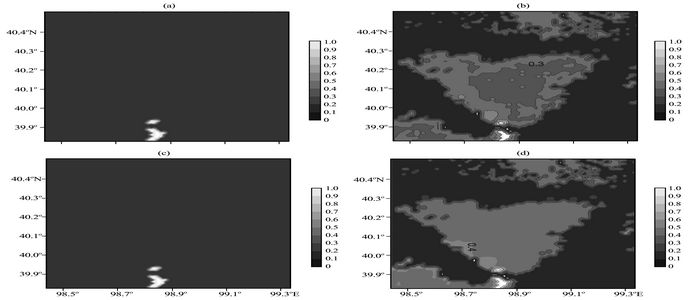Numerical Simulation of Oasis Effect in Jinta oasis Using the WRF Model
Updatetime:2010-12-02From:
【Enlarge】【Reduce】
The characteristics of air temperature, circulation and energy budget in Jinta Oasis are simulated using the Weather Research and Forecasting (WRF) model Version 3.1, which developed by the National Center for Atmospheric Research. The results show that the WRF model has good quality in simulating the diurnal characteristics of surface temperature, wind, net radiation, sensible heat and latent heat fluxes. The simulated results reappear the ‘cold island’ effects of oasis and the surface wind direction agrees well with observed values. Based on analyzing the energy budget, it is found that the soil moisture, soil and vegetation types have significant impact on the sensible heat flux, latent heat flux, ground heat flux and net radiation in the daytime in the oasis. In the daytime, the peak value of net radiation over oasis is larger than that in Gobi, sensible heat flux is larger than latent heat flux. Energy was transmitting from atmosphere to land surface in the day time and reversing at the nighttime, the oasis was obtained more heat fluxes in the daytime and released more at the night\|time. Studying these phenomenons has an important significance on oasis climate formation and maintaining.
issued by <<Plateau Meteorology>>
 |
Appendix




